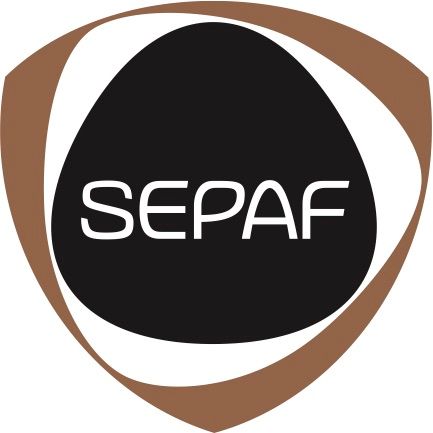Pressmeddelande -
Intellectual Property (IP) strategies
Most companies know the importance of developing and updating a business plan for their organisations. These companies even know the importance of IP. However, only a few companies have developed IP strategies and updated these strategies in line with their business plans.
The complexity and costs related to IP make it difficult to understand how IP can be used to influence the result of the company, or that a continuous IP strategy can be used to increase revenues or at least decrease losses.
Clients often contacts a patent agency seeking protection for a specific invention. The patent agency then provides services related that invention. For some companies these services are provided repetitively for several inventions.
Having performed numerous IP strategies for big and small companies with various technical fields, we noticed several re-occurring issues. Some of these issues were more serious than others. Many issues could have been prevented if proper advice were requested, acquired or provided at an early stage when the inventions were made or when the client contacted the patent agency for the first time. Below we discuss some of these issues.
Our first issue is related to assignments. When it comes to patentable inventions and software, employees assign there rights by law to the employer. However, CEOs and owners of the company who are not employed by the company need to assign their rights to the company with a separate agreement. When it comes to designs and logotypes, employees also need to assign their rights to the company. Smaller companies often use consultants for developing software and designs, which means that the copyright stays with the consultants until their rights are assigned to the company.
We found in many of our cases that there were no assignment agreements in place for copyright protected matters. The companies were not aware of the fact that they did not own all copyrights. Since most companies we work with are start-up companies, it is often not a problem to find the originator and have him/her sign the assignment agreement. Many times, the logotype and designs of a company is designed by a friend or family member. As long as relations are intact, is there no problem assigning rights. But as we all know, family members may become ex-family members and friends may not be friends for life. Besides, people move and may start working for competitors. The problem is the longer one waits, the more problems one may encounter in assigning rights to the company.
Our second issue is related to agreements. More than once have we seen the use of appendix added to an existing secrecy agreement whereby the appendix is a quote with or without a notice of acceptance. Most of the agreements used by companies, even with design companies, hardly ever regulate IP, such as ownership of inventions, especially not copyrights. We have also seen employee agreements whereby the right to inventorship reimbursement is taken away by a contract. Many IP related issues could be regulated by including a proper IP clause in the standard agreements used by companies, such as consultancy/collaboration/development/manufacturing agreements.
Following activities of competitors and analysing freedom to operate is another issue. Many companies seem to know or believe to know who their competitors are and what they are doing. However, they do not know which IP strategy the competitors have and the protection covered by the competitor’s patents. As part of our IP strategy service a competitor analysis is performed for our clients. By doing a competitor analysis for our client we often found new stakeholders within a technical area that the company was not aware of. The competitor analysis of the company showed clearly that the IP mapping of competitors’ activity provided useful information about competitors as well as interesting markets to launch a product.
Our experience from IP strategies shows that a freedom to operate analysis is preferably done at different stages of the development of a product. Doing an early freedom to operate analysis allows the possibility to acquire a licence at an early stage of the development; saving costs or re-design an existing IP right. Freedom of use of a name of a company is often presumed by the companies when the Swedish patent office allows the registration of a name. This presumption may off course be different outside of Sweden which can lead to problems when planning to work internationally.
Finally, we would like to encourage all companies to provide more routines related to IP strategies. These routines should include; who should the employee report his/her invention to, who decides if an invention is of interest to protect or not, what is the reimbursement for the invention, etc.
Our conclusion is that most small and medium companies have much to gain from an IP strategy.
Marianne Neelissen, Swea IP Laws AB
Ämnen
- Juridik
Om Sepaf
Sveriges Patentbyråers förening, Sepaf, är en ideell organisation vars syfte är att främja patentbyråverksamhet i Sverige. Föreningens medlemmar är patentbyråer med hemvist i Sverige och som är verksamma inom immaterialrättens område.
